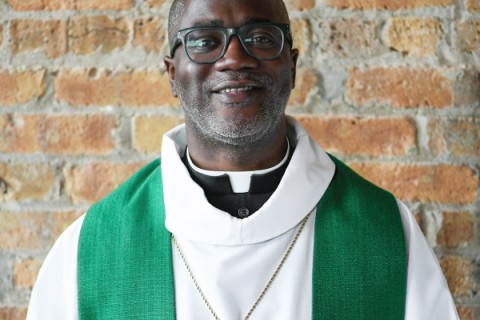Tilting right
Last September over 700 hundred people were arrested in the largest civil disobedience in New Haven, Connecticut, that anyone could remember. Those arrested were standing up for a new social contract between the city of New Haven and Yale University, as well as improved wages and pensions for Yale workers and the right to organize new unions. In a small city like New Haven, 700 people shutting down the city at rush hour to get arrested, with 2,000 silent witnesses lining the streets, would seem like front-page news. It certainly garnered attention in the New York Times and on National Public Radio. But the New Haven Register covered the massive civil disobedience on page three.
What pressing local issue took priority in the minds of the editors and ended up on the front page that morning? An allegedly racy art exhibit in one of Connecticut's wealthy shoreline suburbs.
Eric Alterman, media critic for the Nation, argues that the media, after decades of fending off the criticism that they are too liberal, have moved defensively to the right. Using the sports analogy of "working the refs," Alterman suggests that after decades of being pilloried by neoconservative think tanks, the media have become so sensitive that their calls now tend to go in favor of the right, where the coaches have been loudest and angriest in their accusations. The liberals, Alterman notes, feel obligated to choose complexity over simplicity. Because they have trouble agreeing on just what insult to hurl back at the refs, they have been left on the sidelines watching the bad calls and debating their meaning.





